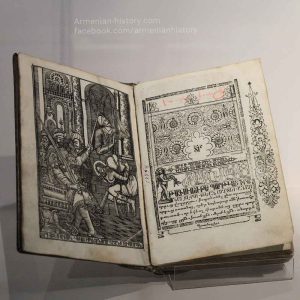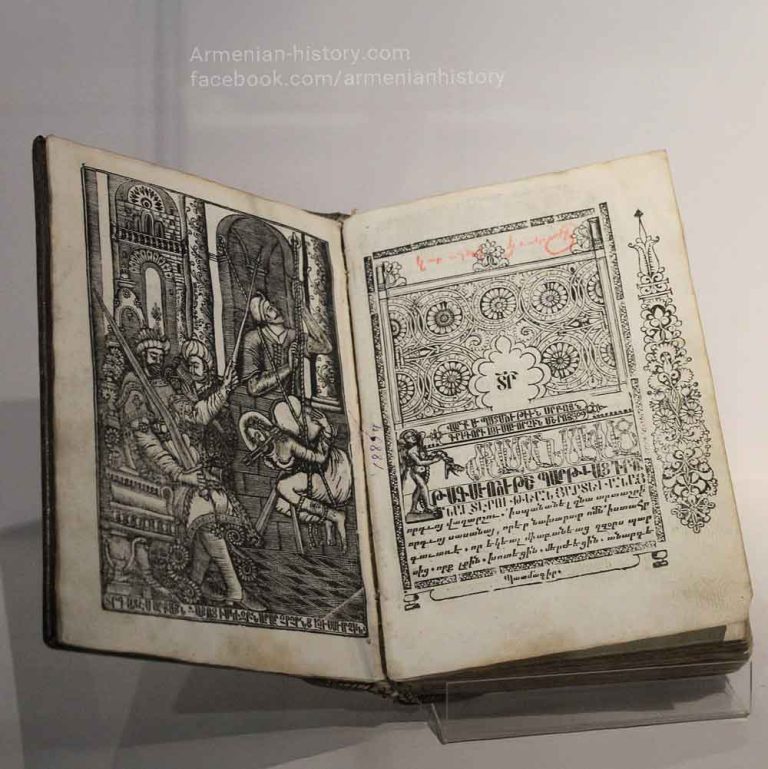The History of the Armenians (Patmutʿiwn Hayotsʿ) by Agathangelos is one of the earliest and most influential historical texts in Armenian literature. Traditionally attributed to a secretary of King Tiridates III, this work was composed in the 5th century, several generations after the events it describes, and draws on a combination of oral tradition, royal archives, and ecclesiastical sources. It documents the conversion of Armenia to Christianity in 301 AD, highlighting the pivotal role of Saint Gregory the Illuminator in transforming Armenia into the first nation to adopt Christianity as a state religion.

The narrative centers on the persecution of Christians under Tiridates, Gregory’s imprisonment in the Khor Virap dungeon, and the king’s miraculous recovery, which leads to his conversion and the nationwide Christianization of Armenia. Although the text includes miraculous elements and hagiographic motifs, it is widely valued by historians for its depiction of the religious, cultural, and political dynamics of the early 4th century.
Beyond its theological significance, The History of the Armenians offers rare insights into pre-Christian Armenian society, interactions with the Roman and Sasanian empires, and the internal tensions during Armenia’s religious transition. Over the centuries, the work has been copied, translated, and referenced across the Christian East, playing a key role in shaping Armenian identity, church tradition, and national memory.
Today, Agathangelos’s history remains a cornerstone of Armenian historiography and an essential source for scholars studying early Christianity, late antique politics, and the formation of Armenia’s national narrative.

